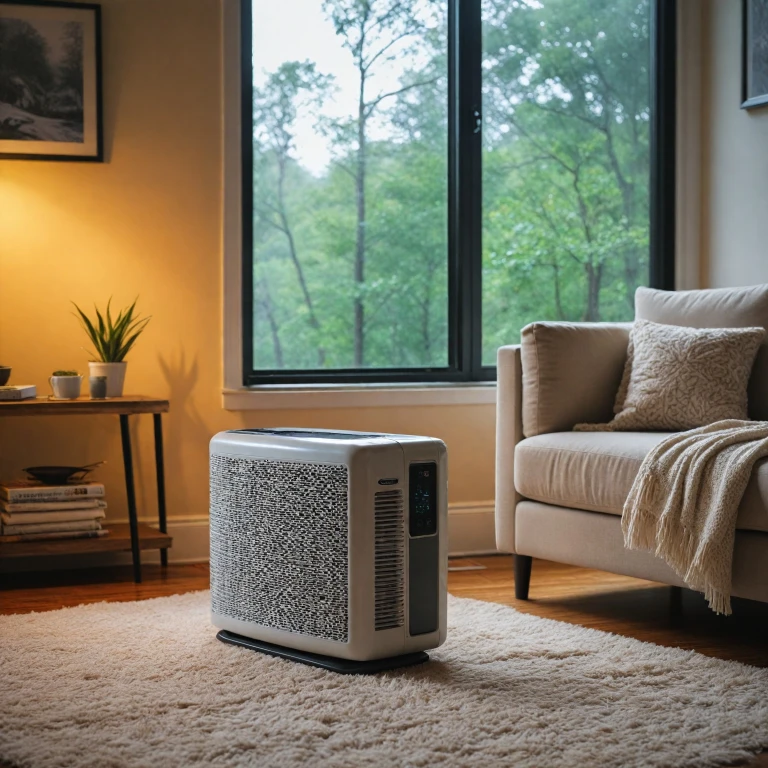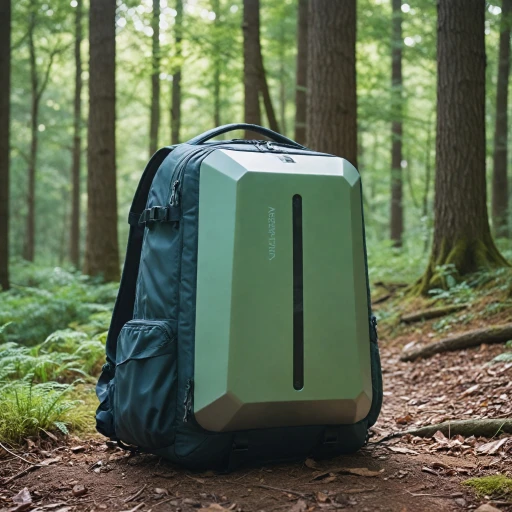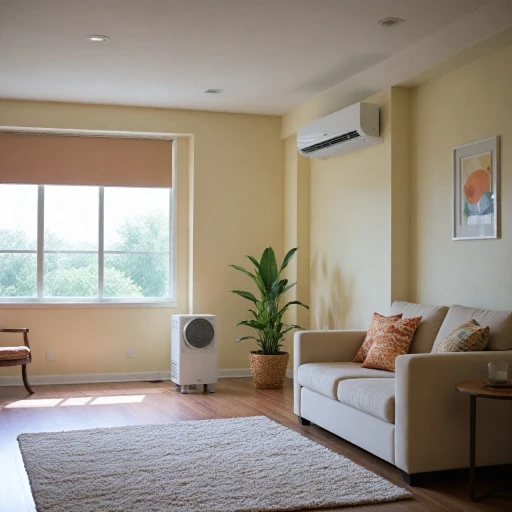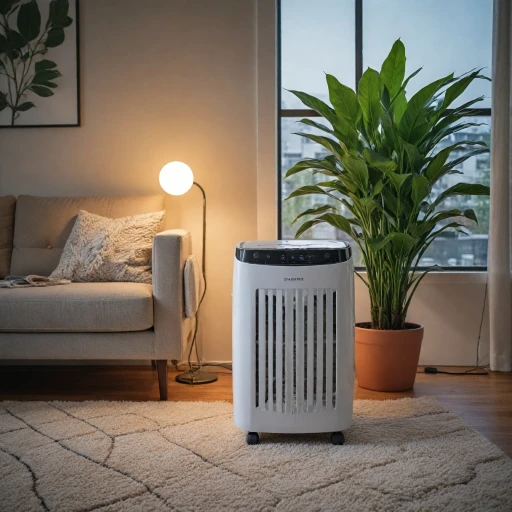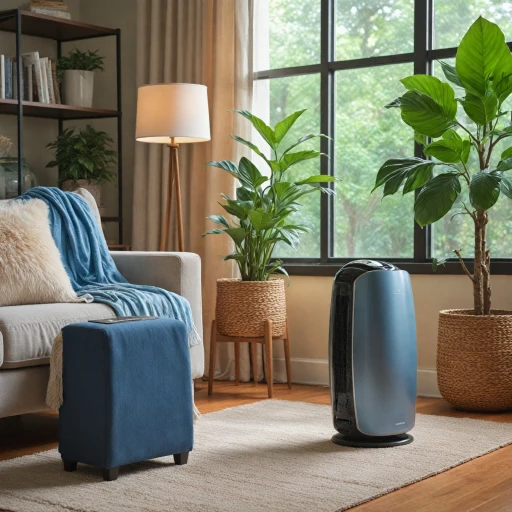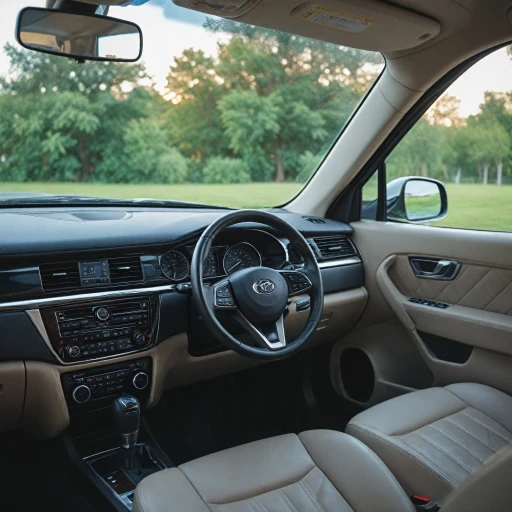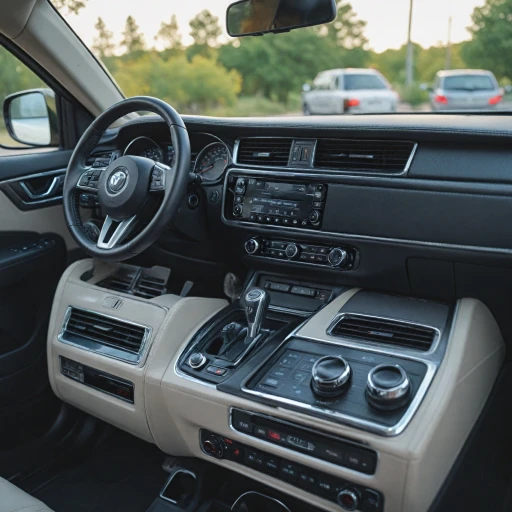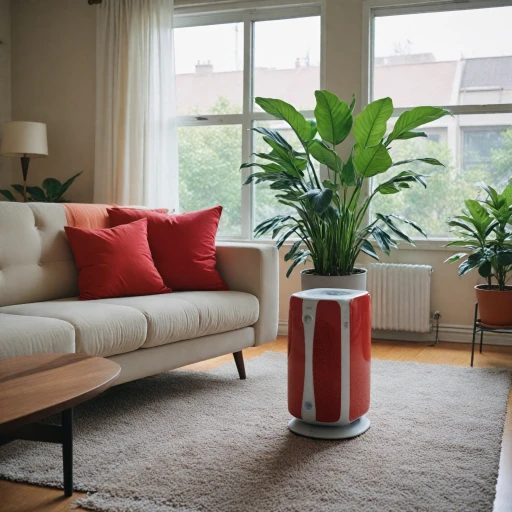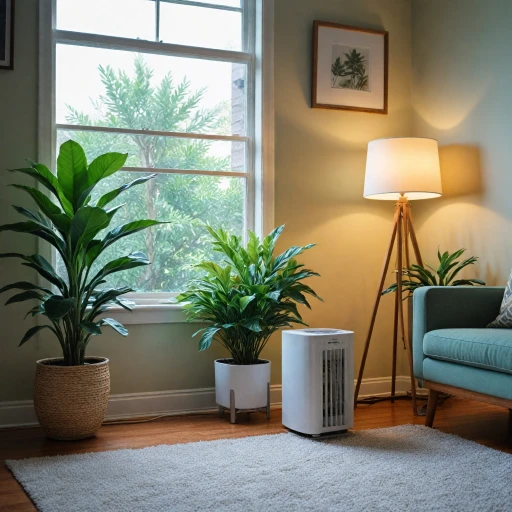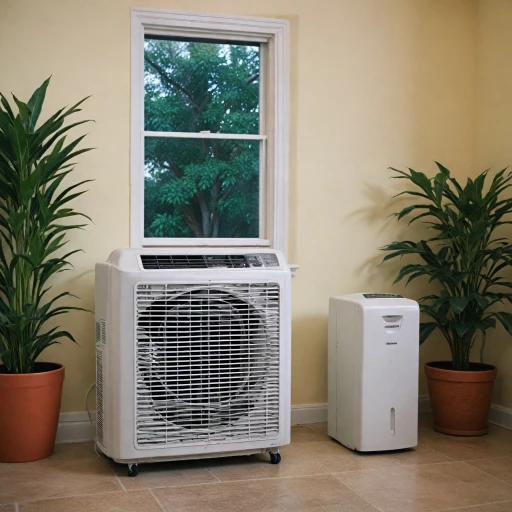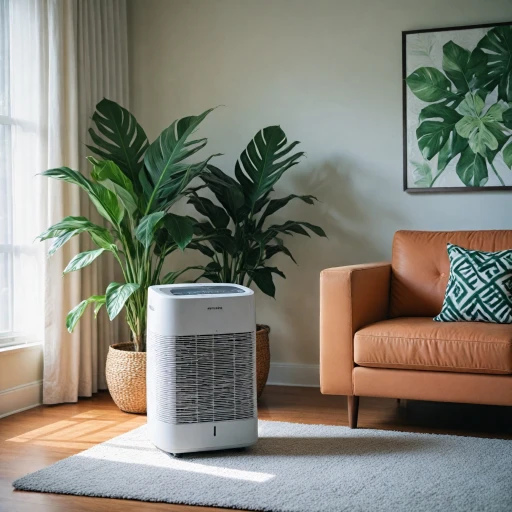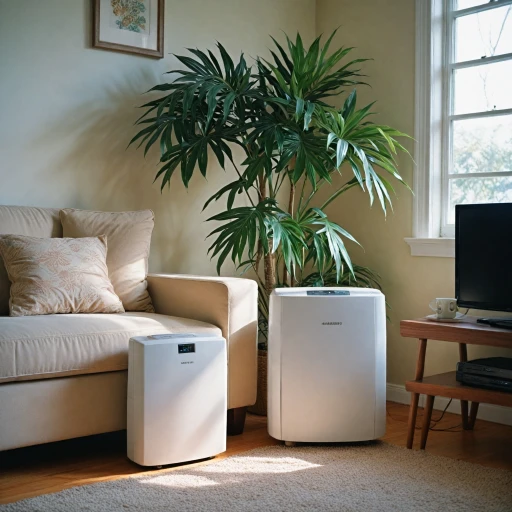
How Portable Heat Pump Heaters Work
Operational Mechanics of Portable Heat Pump Heaters
Portable heat pump heaters have gained popularity due to their versatility in providing both heating and cooling solutions for various room settings. Essentially, these units function by transferring heat rather than generating it, making them highly efficient in terms of energy usage. The operational process of these devices involves capturing heat from one area and transferring it to another. In cooling mode, the heat pump extracts warm air from a room, which is then expelled through an exhaust hose, typically connected to a window. This process is aided by a window kit, maximizing efficiency. When switched to heating mode, the same unit operates in reverse. It absorbs heat from the outside air—even in cooler temperatures—and pumps it indoors to provide warmth. This dual functionality also simplifies the appliance's usability, combining the functions of both a portable air conditioner and a heat pump heater into one unit. You can explore the benefits of a low-profile system that enhances the seamless integration of your appliance in a room. Modern models like the Midea Duo or the Whynter Dual Hose unit are designed to optimize energy efficiency, offering quiet efficient operation. They can deliver high BTU ratings for effective heating and cooling, allowing them to maintain desired temperature levels without excessive energy consumption. The inclusion of features like remote control and built-in heater dehumidifier functions enhance convenience. Portable heat pumps often come equipped with multiple air conditioning modes to suit various needs, making them a flexible choice compared to just traditional air conditioning units. Understanding these operational mechanics of portable heat pump heaters ensures that consumers can make informed decisions based on their specific energy and space requirements.Key Features to Look for in a Portable Heat Pump Heater
Essential Aspects for Optimal Performance
When choosing a portable heat pump heater, it's crucial to keep some key features in mind to ensure you get the best performance for your heating and cooling needs. Whether you are eyeing a Midea model or considering the efficient Whynter options, here's what to focus on:- BTU Rating: The British Thermal Unit (BTU) rating directly impacts the unit’s capability to adequately cool or heat a room. A higher BTU rating indicates a stronger unit, which is necessary for larger spaces. For efficient heating and cooling, ensure the BTU matches your room's size.
- Single vs. Dual Hose Systems: Portable heat pumps can come with either a single or dual hose. Dual hose systems are often more efficient because they use one hose to draw in air from the outside and another to expel warm air. This mechanism can enhance energy efficiency and offer better temperature control.
- Energy Efficiency: Look for units labeled as energy-efficient, as they will help you save on electricity bills. Consider models with energy-saving features such as programmable thermostats and an Eco mode.
- Heating and Cooling Modes: Versatile models provide both cooling and heating options, making them usable year-round. A portable heat pump heater with cooling heating combo often offers better value for money.
- Noise Levels: For a pleasant environment, choose a quiet efficient unit. Some models operate at a lower decibel level and are ideal for bedrooms or offices.
- Portability and Design: Features such as a remote control and sturdy casters can make moving and operating your unit much more convenient. The latest designs include mini split features for improved aesthetic appeal and performance.
- Window Kit Compatibility: Installing a secure window kit is vital for ensuring that the unit works efficiently. It's crucial to check compatibility, particularly if you're planning to install the unit in a non-standard window space.
Comparing Portable Heat Pump Heaters with Traditional Air Conditioners
Pros and Cons: Portable Heat Pump Heaters vs. Traditional Air Conditioners
When selecting a climate control solution for your space, it's crucial to compare portable heat pump heaters with traditional air conditioners. Both have their unique advantages and limitations, which influence their suitability for specific environments and usage scenarios.
First and foremost, flexibility and portability are significant benefits of portable models. Traditional air conditioning units tend to be fixed, making them less adaptable to changing needs or different areas within a home. On the other hand, portable heat pump heaters, characterized by models like the Midea Duo and Whynter's dual hose systems, are designed for swift relocation from one room to another. This versatility is invaluable for spaces where permanent installations aren't feasible.
In terms of installation, portable systems often come with straightforward setups, typically involving a window kit for the exhaust hose. Unlike the intricate assembly required for central air conditioners or mini split systems, these units minimize fuss and allow for easy operation. Plus, most models include a remote control, enhancing their user-friendliness.
Energy efficiency should also be a deciding factor. Portable heat pumps often outperform traditional air conditioners in this arena as they combine cooling and heating functions in one efficient unit. This can lead to significant energy savings, as they typically use less electricity by transferring heat rather than generating it. Notably, the energy efficiency of dual hose systems and advanced models like Black Decker's configurations offer efficient cooling heating solutions.
It's also important to consider noise levels. Some conventional air conditioners tend to be louder, which could be a concern for noise-sensitive users. Portable options, especially quiet efficient models, might provide a better ambient experience.
Finally, while traditional air conditioning units offer robust capabilities for larger spaces via higher BTU outputs and HVAC integrations, portable heat pump heaters excel in smaller or moderate-sized rooms. These portable air conditioners ensure efficient heating cooling in spaces that don't require permanent installations.
Explore a wide range of versatile portable ACS to choose the best model for your space and enjoy a combination of comfort, efficiency, and modern features. For more insights on universal designs and top models for various settings, consider the best universal AC unit options.
Energy Efficiency and Cost Savings
Maximizing Energy Savings with Portable Heat Pump Heaters
When it comes to energy efficiency, portable heat pump heaters stand out as a smart choice for both cooling and heating needs. Unlike traditional air conditioners, these units are designed to be more efficient, using less energy to produce the same level of comfort in your room.
One of the key advantages of portable heat pump heaters is their dual functionality. They can switch between heating and cooling modes, which means you can use a single unit throughout the year. This flexibility not only saves space but also reduces the need for multiple devices, ultimately cutting down on energy consumption.
Many models, like the Midea Duo and Whynter dual hose units, offer impressive energy efficiency ratings. These units often come with features like programmable timers and remote controls, allowing you to optimize their operation and minimize energy waste. The BTU rating is another crucial factor to consider, as it determines the unit's capacity to heat or cool a room effectively.
Additionally, portable heat pump heaters often include a dehumidifier function, which can help maintain a comfortable indoor environment without over-relying on energy-intensive air conditioning. This feature is particularly useful in humid climates where excess moisture can make temperatures feel warmer than they are.
Installation plays a significant role in maximizing energy efficiency. Properly sealing the exhaust hose and ensuring a snug fit with the window kit can prevent air leaks, which can lead to energy loss. Regular maintenance, such as cleaning filters and checking the unit's components, also ensures that the heater operates at peak efficiency.
In conclusion, choosing the right portable heat pump heater model can lead to substantial energy savings. By focusing on units that offer quiet efficient operation and advanced features, you can enjoy a comfortable indoor climate while keeping energy costs in check.
Installation and Maintenance Tips
Setting Up for Success
Installing a portable heat pump heater involves a few straightforward steps, ensuring both effective heating and cooling. A key factor to consider is the space in which the portable air conditioning unit will be used. Different models, such as a 10,000 BTU portable air conditioner or a more powerful option, are designed for various room sizes. It’s crucial to choose a model that aligns with the size of the space for optimal performance.
Begin by selecting the best location for your unit. This should be near a suitable window outlet where the exhaust hose can be easily vented. Models like the Midea Duo and Black & Decker include a window kit that simplifies installation. Ensure the hose is both secure and straight to prevent any air leaks that could diminish efficiency. Additionally, if you're using a dual hose model like some from Whynter, ensure each hose is correctly attached for effective cooling and heating.
Maintenance for Longevity
To maintain the longevity and efficiency of your portable heat pump, regular maintenance is critical. Start by checking filters often; a clean filter ensures efficient air circulation and energy efficiency. Most models require filter cleaning or replacement on a monthly basis, especially during heavy use periods.
Pay attention to any built-in heater dehumidifier features, keeping condensation in check to avoid excess moisture. Also, periodically inspect the unit’s hoses for any wear and tear, and replace them if necessary to maintain effective heating cooling performance.
Taking the time for proper setup and ongoing maintenance will not only extend the life of your unit but also enhance its energy efficiency, ensuring cost savings over time.
